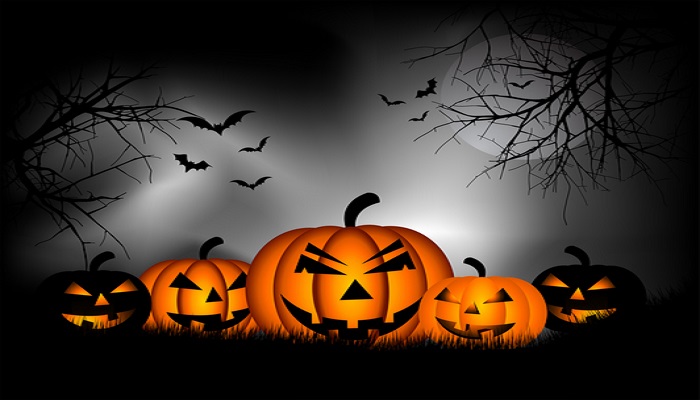
Around the world, Halloween is a time for candy, costumes and the Charlie Brown cartoon specials. many countries have their own weird Halloween traditions and some of them are downright bizarre.
These are the 4 weird things you don’t know about Halloween.
- Jack-o’-lanterns were once made out of turnips, beets, and potatoes, not pumpkins.

The jack-o’-lantern comes from an old Irish tale about a man named Stingy Jack. According to folklore, Stingy Jack was out getting sloshed with the Devil when Jack convinced his drinking partner to turn himself into a coin to pay for the drinks without spending money. Jack then put the Devil, shaped like a coin, into his pocket, which also contained a silver cross that kept the Devil from transforming back. Jack promised to free the Devil as long as the Devil wouldn’t bother him for a year, and if he died, the Devil could never claim his soul. Jack tricked the Devil again later, getting him to pick a piece of fruit out of a tree and then carving a cross into the bark when the Devil was in the branches. This trick bought Jack another 10 years of devil-free living. When Jack finally died, God decided he wasn’t fit for heaven, but the Devil had promised never to claim his soul for hell. So Jack was sent off to roam Earth with only a burning coal for light. He put the coal into a turnip as a lantern, and Stingy Jack became “Jack of the Lantern” or “Jack o’ Lantern.” Based on this myth, the Irish carved scary faces into turnips, beets, and potatoes to scare away Stingy Jack or any other spirits of the night.
2. Halloween used to be a great day to find your soulmate.

In some parts of Ireland, people celebrated Halloween by playing romantic fortune-telling games, according to Nicholas Rogers’ “Halloween: From Pagan Ritual To Party Night.” These games allegedly predicted who they’d marry, and when. Since Halloween, like Valentine’s Day, was one of the main celebrations of the year where young people could mingle with the opposite sex, it was also considered a good day to scope out a sweetheart.
3. In a few American towns, Halloween was originally referred to as “Cabbage Night.”

This came from a Scottish fortune-telling game, where girls used cabbage stumps to predict information about their future husbands. In the early Framingham, Massachusetts, teens skipped the fortune-telling and simply went around throwing cabbage at their neighbors’ houses, according to Framingham Legends & Lore. This was no isolated tradition: In late 19th century America, country boys reportedly rejoiced in throwing cabbage, corn and assorted rotten vegetables.
4.Studies have shown that Halloween actually makes kids act more evil.

One study, in particular, found that unsupervised costumed children in groups were far more likely to steal candy and money than both non-costumed kids and children not in a group. Another similar study found that masked children were significantly more likely to take more Halloween candy than they were supposed to if they believed there was no adult supervision.

Post Your Comments